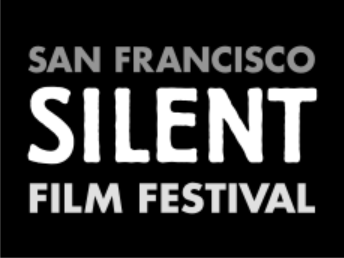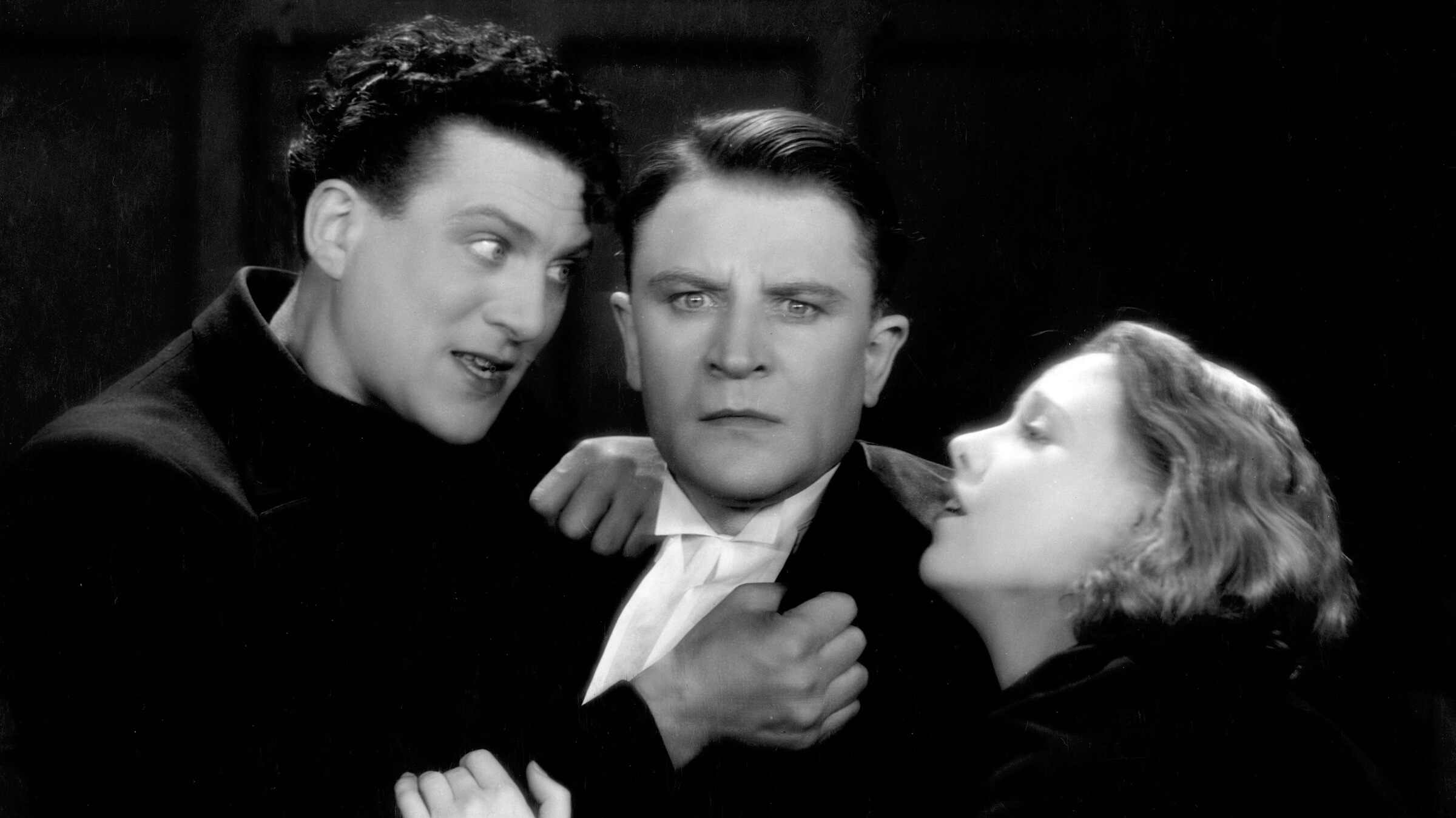Set in a remote Isle of Man fishing community (but shot in Cornwall), The Manxman is Alfred Hitchcock’s penultimate silent film and one of the best and most mature works of his early career. The film was adapted from the bestselling novel by Sir Hall Caine, published in 1894, which had sold half a million copies. Hall Caine was a well connected author, part of the late 19th century literary scene, and a onetime secretary to Dante Gabriel Rossetti. He came to specialize in stories set on the Isle of Man, where he later lived.
The story follows two boyhood friends who take markedly different paths in adulthood: Pete becomes a fisherman, Philip a lawyer. Both fall in love with the same woman, the daughter of a puritanical Methodist, bringing them into conflict not only with their own moral code but also that of the strict Manx society. This tragic love triangle might not seem like obvious territory for the director, although The Ring (1927) had proved his ability with this kind of drama. Like that earlier film, The Manxman is bursting with bold, Hitchcockian bravado. The portrayal of the wild ‘Manx’ coastline is among the most evocative in any of his work and trapped within it is the wonderful Anny Ondra. It’s a complex, sensual performance—part vulnerable waif, part flirtatious femme fatale—and clearly the reason why Hitch cast her in his suspense masterpiece, Blackmail, later that year.
The Manxman was well received by the trade press and described in The Bioscope as a film of “remarkable power and gripping interest”, but in common with most films that year it suffered from a lack of exposure due to the conversion to sound film that was underway. In interviews with Peter Bogdanovich and François Truffaut, Hitchcock later claimed The Manxman was just an “assignment” and “an old fashioned story… full of coincidences.” In fact nothing could be further from the truth. It is evident that Hitchcock took pains over the film to invest it with considerable emotional power.
Hitchcock established strong visual motifs, beginning with the ‘triskele’ (the three-legged emblem of the Isle of Man) and continued with turning millstones, whose unstoppable momentum symbolized ‘the mills of God’ as they grind slowly, a powerful metaphor for the unforgiving puritanical society confronted by the characters. Chabrol and Rohmer were enthusiastic about the story, observing that it doesn’t rely on coincidence, improbably evil figures or the vagaries of fate but instead stresses the moral dilemmas of each of the three principal characters faced with conflicting loyalties.
The adaptation skillfully extracts the key strands from the very long novel, omitting the back story which explains the bond between the childhood friends Phil and Pete, as well as Phil’s reasons for giving up the woman he loves. The strictures of Manx society so evident in the book are necessarily underplayed in the film that updates the story from the 1890s to the 1920s. The consequences for each of the characters in defying those strictures may well have been better understood by its contemporary audience, who knew that attempted suicide was punishable by a prison sentence and a woman who left her husband was treated as an outcast.
The Restoration
The restoration team was fortunate in being able to work largely from an original negative of The Manxman held by the BFI National Archive. However parts of the negative had deteriorated so these sections were compared, shot by shot, with a print made in the 1960s and, where necessary, replaced. One longer shot, in the scene where Kate and Phil meet in a sunlit glade, was found in another vintage 1920s print in the Archive’s collection, proving the value of keeping all available original materials. This shot also required extra grading work as the copy had been made on a rotary printer that had introduced light fluctuations every few frames. Careful grading ensured that the film’s original ‘look’ was maintained throughout. The titles were completely remade from reconstructed fonts exactly matching the originals and the material went through the usual painstaking digital cleanup process.
A Rialto Pictures Release • 100 minutes • DCP
Restoration by the BFI National Archive in association with STUDIOCANAL
Principal restoration funding provided by Daniel and Joanna Friel and Ronald T. Shedlo
Additional funding provided by Deluxe 142
Presented at The Hitchcock 9 with live music by Stephen Horne and Diana Rowan

